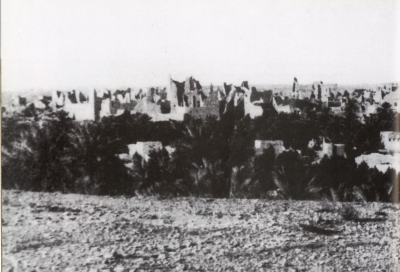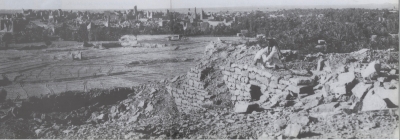
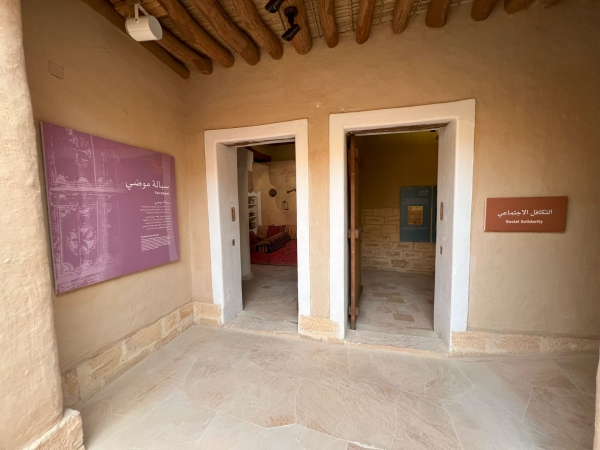
Quality of Life in the First Saudi State refers to the set of cultural and civilizational elements that contributed to enhancing the quality of life within the community of the First Saudi State, founded by Imam Mohammed Bin Saud in 1727, lasting till 1818, with Diriyah as its capital.
Quality of life elements in the First Saudi State
During the era of the First Saudi State, Diriyah reflected the modern definition of quality of life. where it was based on several civilizational and cultural elements that contributed to its advancement and prosperity. These elements include:
Architectural renaissance in the First Saudi State
The architectural renaissance formed one of the quality of life elements in Diriyah, selected as the capital of the First Saudi State. Such selection led to an increase in the number of visitors thereto, ultimately contributing to the formation of society. The population expansion back then required the transfer of the center from Ghasiba District to Samhan District, before its relocation to Turaif District, where the seat of government and residence of the ruling Saudi family are located. This transformation contributed to the renaissance of Turaif District and its architectural advancement featuring the construction of public housing units, palaces, mosques, and walls.
Architectural renaissance elements in Diriyah also included Salwa Palace, which was the seat of government in the First Saudi State, the palace of Imam Abdullah Bin Saud Bin Abdulaziz, and the palaces of princes, such as the palaces of Prince Saad Bin Saud Bin Abdulaziz, Prince Omar Bin Saud Bin Abdulaziz, and Prince Mishari Bin Saud Bin Mohammed, all of which being mud palaces featuring various heights and architectural structures reflecting the architectural pattern of Najd.
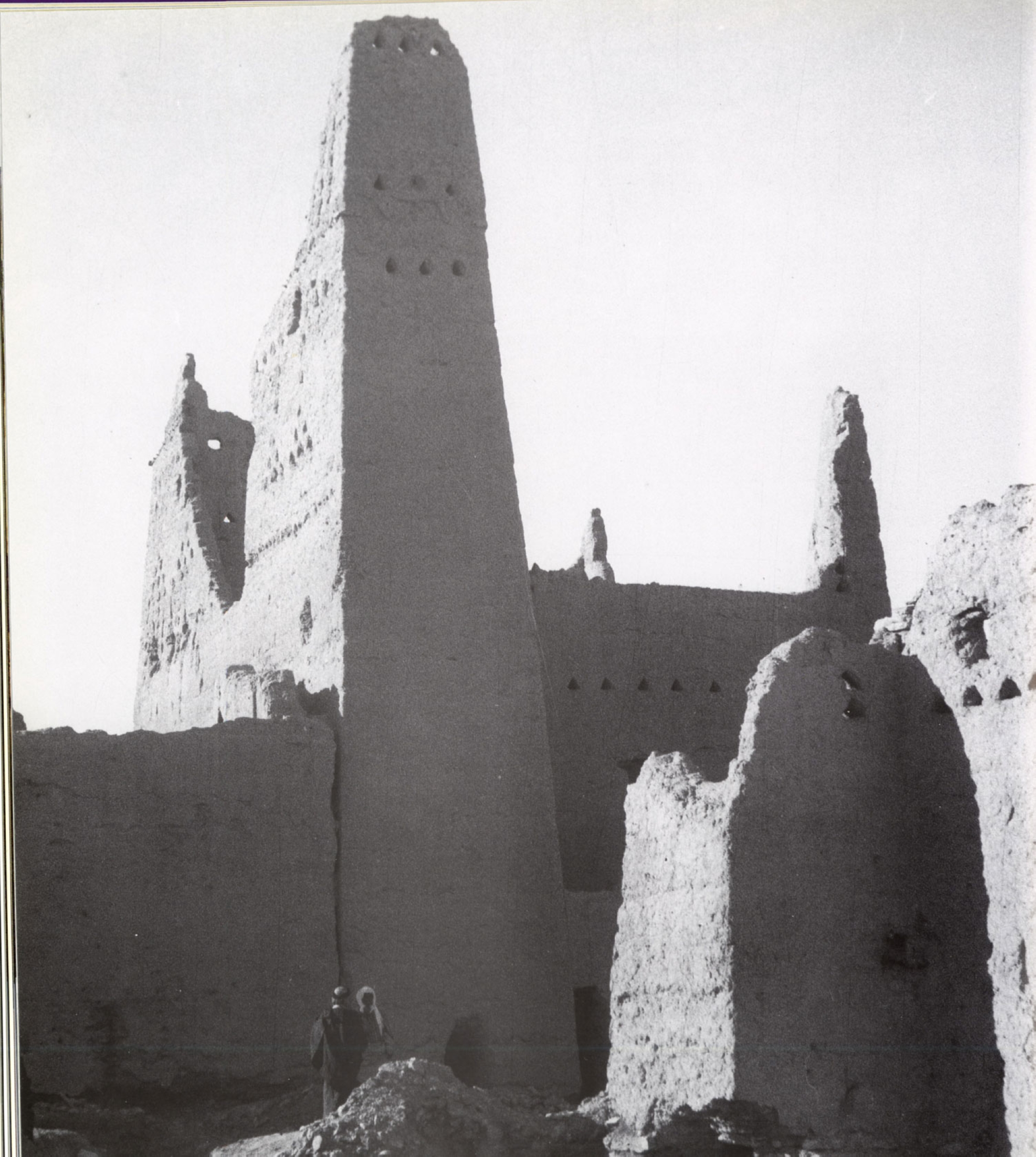
Business diversity within the community of the First Saudi State
The expansion of the First Saudi State contributed to the diversity and expansion of the community of Diriyah whose number of houses reached about seventy houses. Most of its residents worked in agriculture, where farmers and their families formed the vast majority of its residents.
Culture and education in the First Saudi State
Since its establishment, the First Saudi State attached utmost attention to culture and education. It was keen on teaching reading and writing, among other sciences, to people. It also sought to facilitate fulfilling the needs of students, including accommodation and food, to construct buildings for teaching and housing students, upon benefiting from the state's treasury or endowments, such as the Endowment of Modhi Bint Sultan Bin Abi Wahtan in Turaif District, dedicated by the second Imam of the First Saudi State, Imam Abdulaziz Bin Mohammed Al Saud, in honor of his mother. The endowment offered free housing to students and those visiting Diriyah. It featured teaching rooms, bedrooms, dining rooms, storage rooms, a mosque, and stables.
Elements of culture and education in Diriyah include Turaif Mosque, located in the vicinity of Salwa Palace, in the northern part of Turaif District. The state's Imams gave their sermon to worshippers therein. The Mosque was also dedicated to holding educational sessions and offering lessons on Shariah. The Mosque witnessed the development of papermaking, book copying, manuscript writing and ornamentation, and Arabic calligraphy. Involved parties also contributed to the spread of al-Katatib, which were spaces dedicated to teaching the principles of reading and writing, teaching and studying the Noble Quran, Sharia sciences, and Arabic. Clerks were found in mosques, in their vicinity, or at the tutor's residence.
Economic and commercial advancement of the First Saudi State
During the era of the First Saudi State, the economy of Diriyah witnessed prosperity. The urban landscape of the city expanded, and it became a notable commercial hub. Such advancement contributed to transforming the area into a center of population. State-related affairs were governed by the State from Turaif District.
The reason behind the fostering of commercial activities in Diriyah lies within Souq al-Mawsim, a market whose shops are located on both sides of Wadi Hanifah. It is bordered by Turaif District to the west and al-Bujairi District to the east. The market was not restricted to commercial activities only. Rather, it was also a space dedicated to education. In fact, Imam Saud Bin Abdulaziz held a study lesson therein, where he would teach the people of Diriyah every day at sunrise.
The Imams of the First Saudi State assumed an instrumental role in the renaissance of trade and its advancement. For instance, the founder of the First Saudi State, Imam Mohammed Bin Saud, contributed to ensuring the security and stability of Diriyah, hence turning it into a passage route for trade caravans traveling from various countries to Diriyah to sell their goods. During the reign of the second Imam of the First Saudi State, Imam Abdulaziz Bin Mohammed Bin Saud, trade witnessed an expansion, where goods were imported from several regions. During the reign of the third Imam of the First Saudi State, Imam Saud Bin Abdulaziz Bin Mohammed, the State's influence achieved an expansion. Its security and welfare were fostered. Its resources increased and its economy became diversified. Imam Saud dispatched around seventy officers to the desert to collect Zakat from Bedouins. He also appointed workers to harvest fruits in the regions he governed.
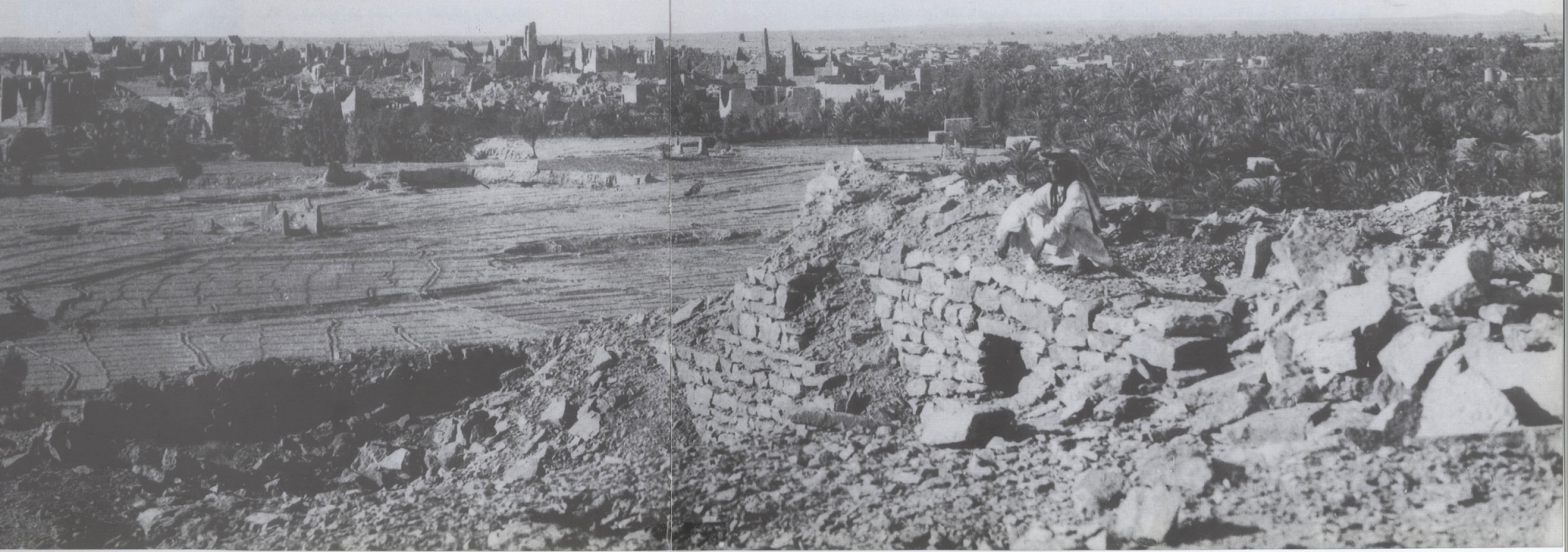
Factors furthering the prosperity and economic development of Diriyah include the construction of a palace in Turaif District. Known as Qasr al-Diyafah, the palace was equipped to house the guests of the state and its delegations from several regions. On the other hand, Hamam Turaif was built on the northwestern side of Turaif District. It was a bathhouse dedicated to serving the state's guests. It encompassed facilities featuring terraces dedicated to relaxation, a cold water basin Wudu' (ablution), and a room for changing clothes, among others.
Related quizzes
Related articles
